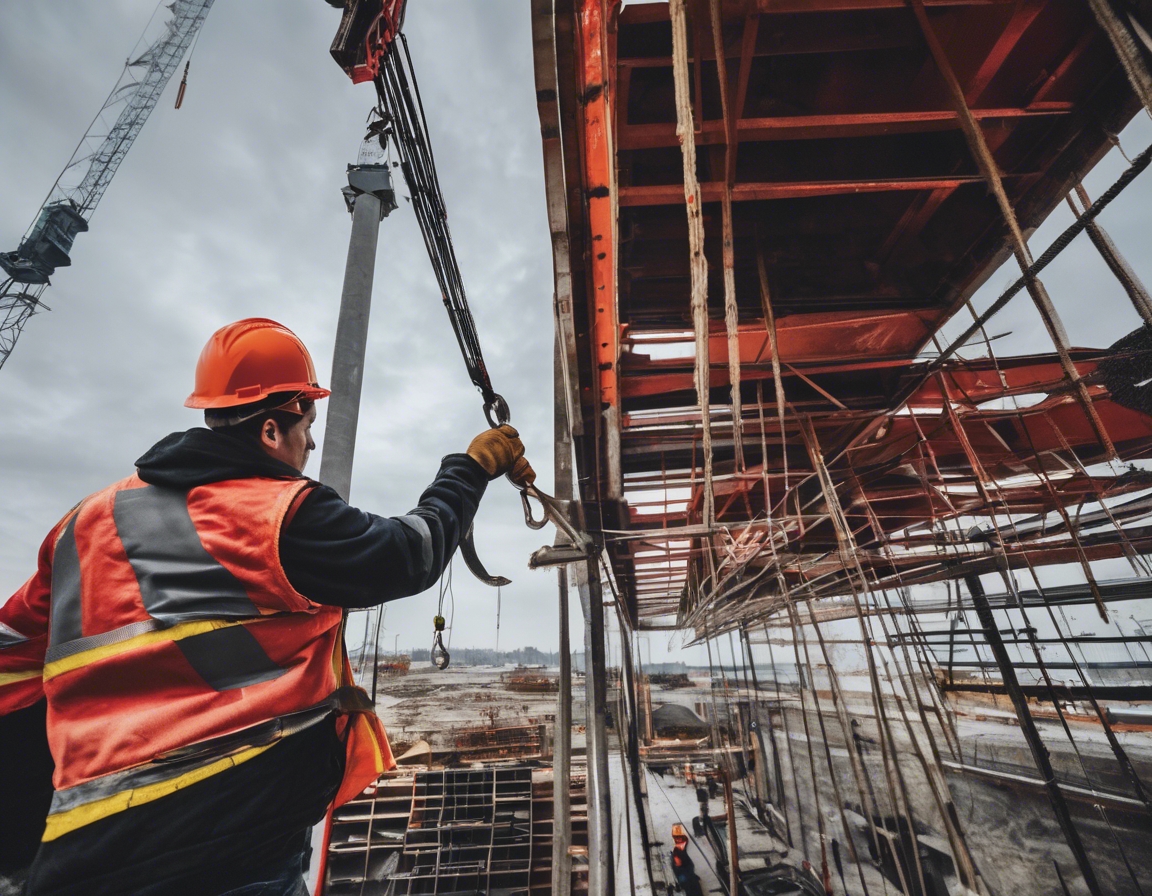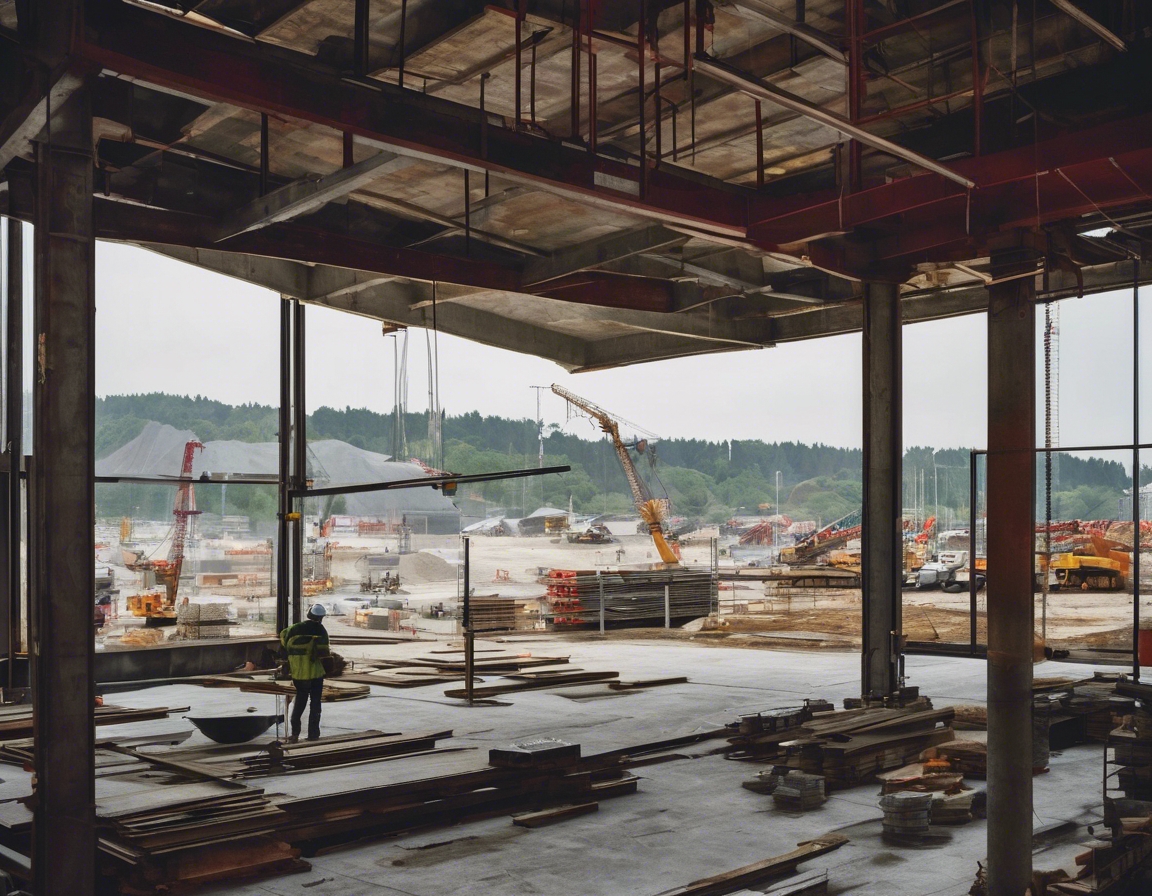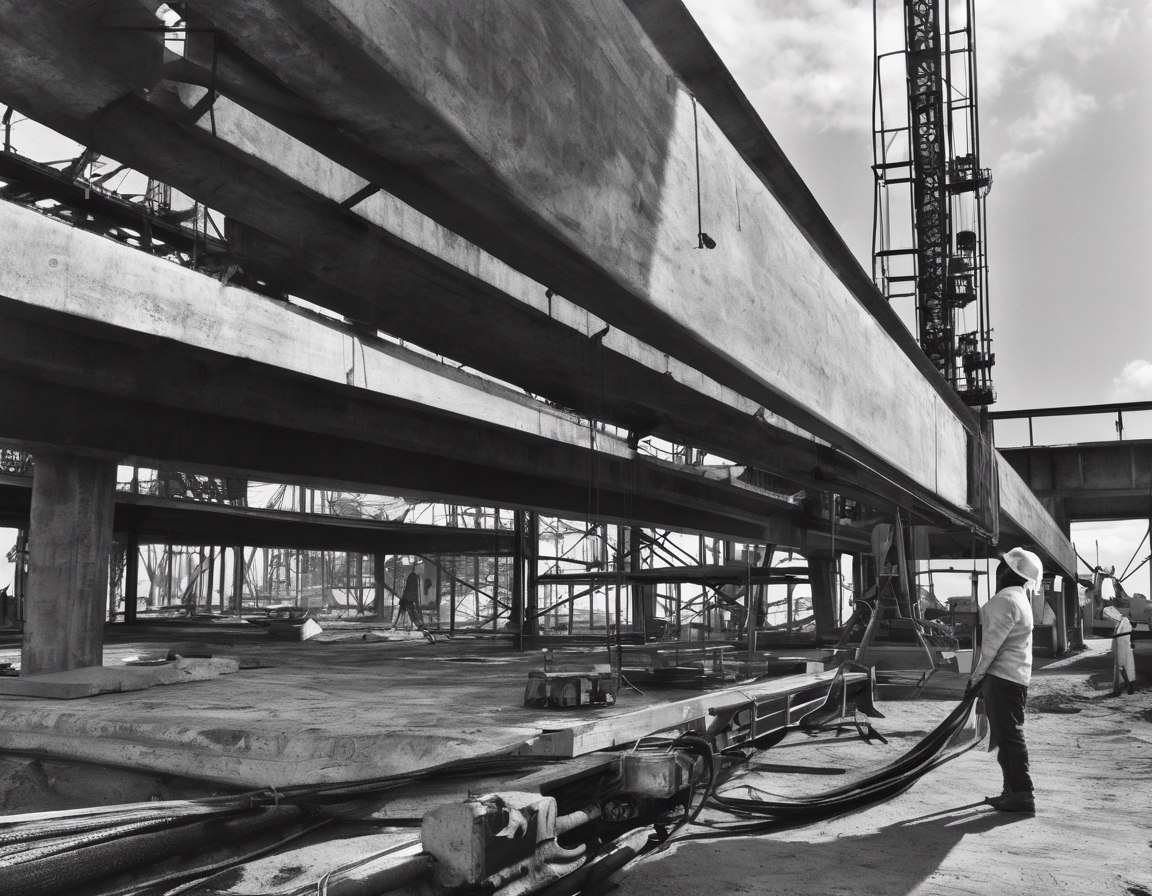The importance of precision in concrete assembly
Concrete assembly is a fundamental aspect of construction, serving as the backbone for a wide range of infrastructure projects. From skyscrapers to bridges, the quality and precision of concrete work directly influence the safety, durability, and longevity of the structures. In this blog post, we delve into the critical importance of precision in concrete assembly and how it impacts the overall success of construction projects.
The Role of Precision in Construction
Precision in concrete assembly is paramount to ensuring the structural integrity of a building. Accurate measurements and alignment prevent weaknesses that could lead to structural failures. This is particularly crucial in large-scale infrastructure projects where the stakes are high, and the margin for error is minimal.
Precision in the mixing, pouring, and curing of concrete enhances the durability and longevity of the structure. Properly executed concrete work resists environmental stressors such as weathering, chemical exposure, and mechanical wear, thereby extending the lifespan of the construction.
Precision in concrete assembly also optimizes the use of resources. Accurate calculations and execution minimize waste, reduce costs, and ensure that materials are used efficiently. This not only benefits the project budget but also aligns with sustainable construction practices.
Techniques for Achieving Precision
Utilizing advanced measurement tools such as laser levels, GPS technology, and 3D modeling software is essential for achieving precision in concrete assembly. These tools provide accurate data and visualizations, enabling construction teams to execute plans with high accuracy.
A skilled workforce is crucial for maintaining precision in concrete assembly. Continuous training and development programs ensure that workers are equipped with the latest techniques and knowledge, reducing the likelihood of errors and enhancing the quality of work.
Implementing rigorous quality control and assurance processes is vital for maintaining precision. Regular inspections, testing, and adherence to industry standards help identify and rectify issues before they escalate, ensuring that the final product meets the required specifications.
Challenges in Maintaining Precision
Environmental factors such as temperature, humidity, and wind can affect the precision of concrete assembly. These variables can influence the curing process and the final strength of the concrete, necessitating careful monitoring and adjustments during construction.
The variability in material properties, such as aggregate size and cement quality, can pose challenges to maintaining precision. Consistent sourcing and thorough testing of materials are essential to mitigate these issues and ensure uniformity in concrete work.
Human error is an inevitable challenge in any construction project. However, through comprehensive training, clear communication, and the use of technology, the impact of human error on precision can be significantly reduced.
The Impact of Precision on Project Outcomes
Precision in concrete assembly leads to cost efficiency by minimizing rework, reducing material waste, and preventing costly structural repairs. This efficiency translates into significant savings for construction companies and developers.
Accurate and precise concrete work ensures that projects stay on schedule. By reducing delays caused by errors and rework, precision contributes to timely project completion, which is crucial for meeting contractual obligations and client expectations.
Maintaining precision in concrete assembly enhances safety standards on construction sites. Properly executed concrete work reduces the risk of accidents and structural failures, ensuring a safer environment for workers and the public.






Comments (0)